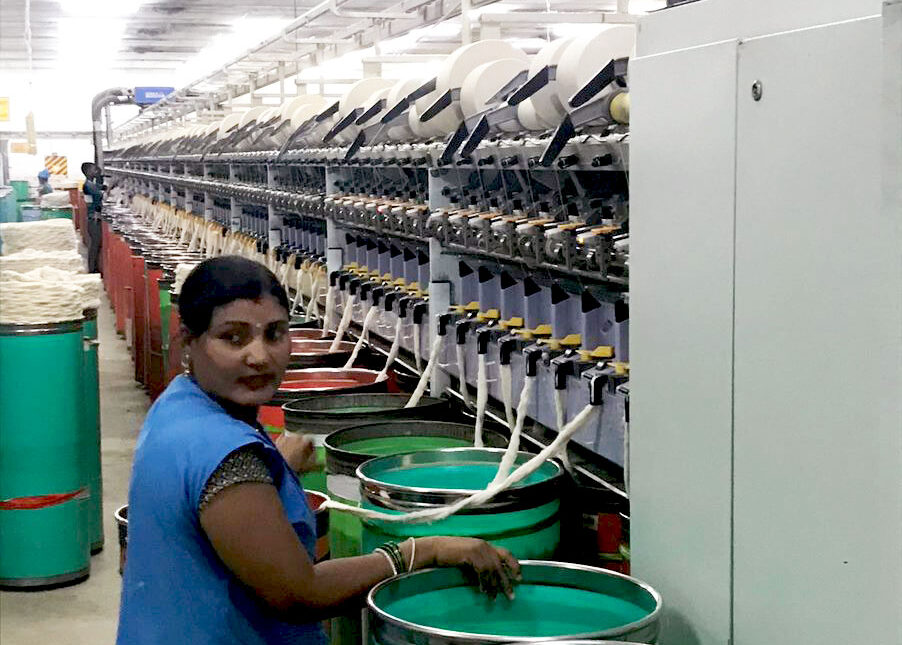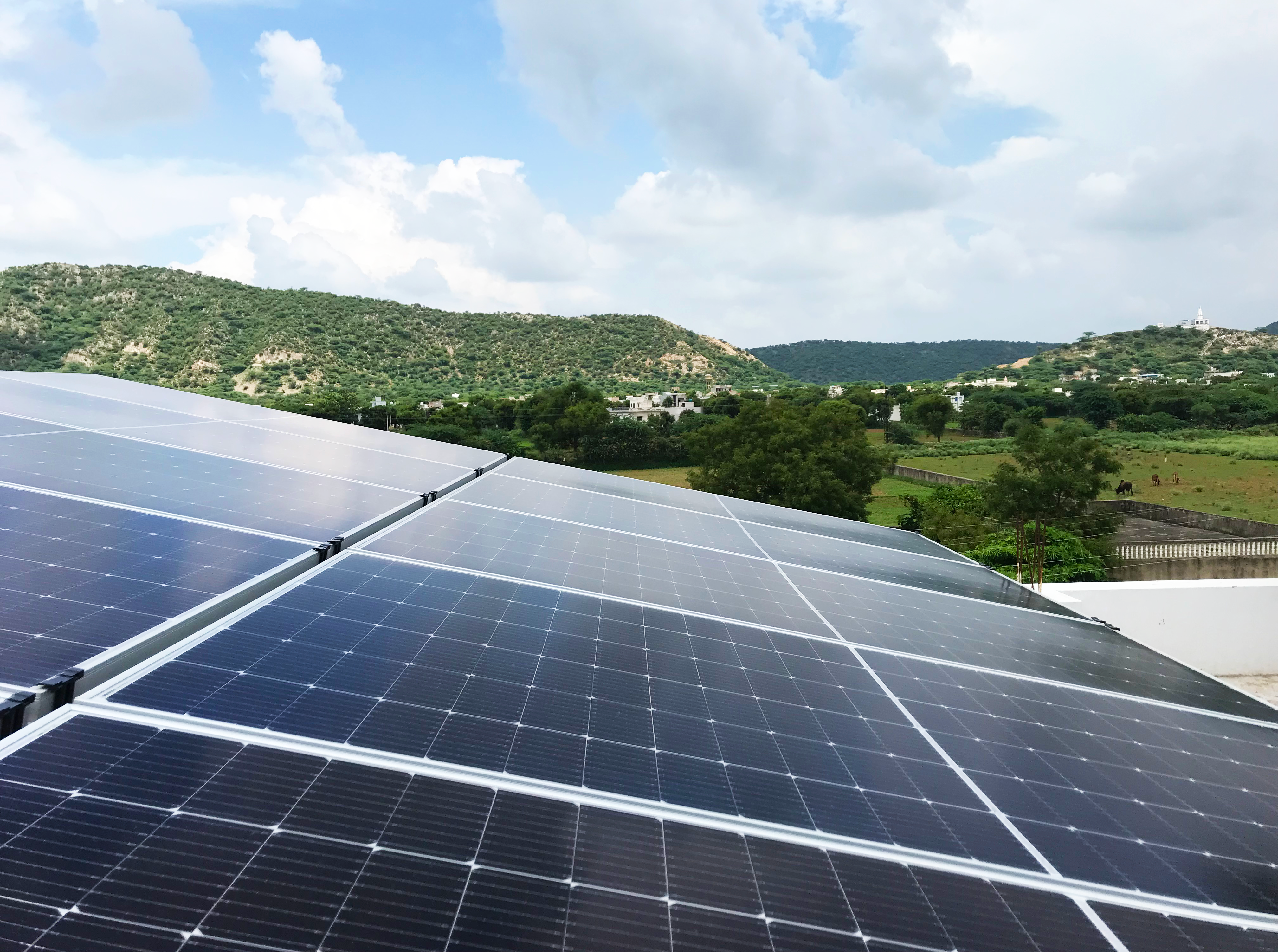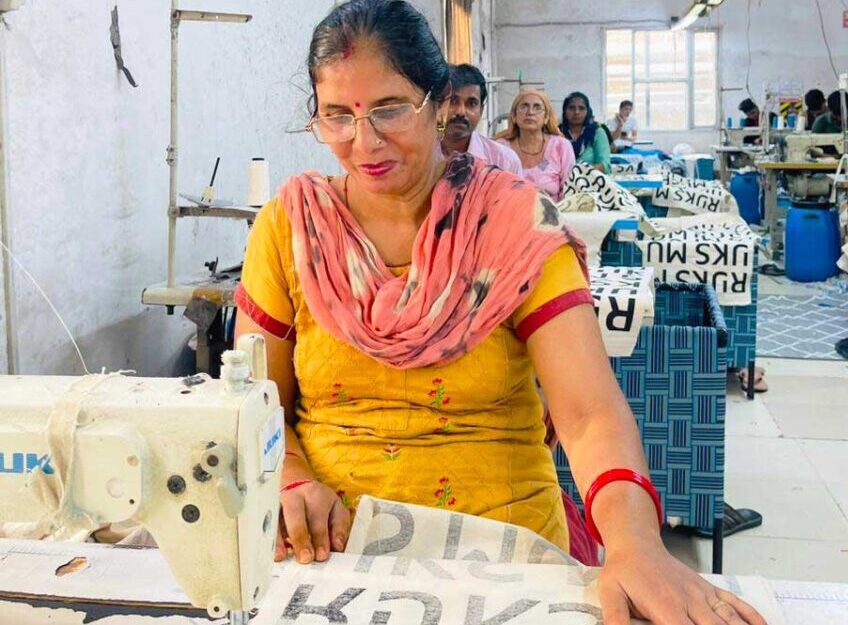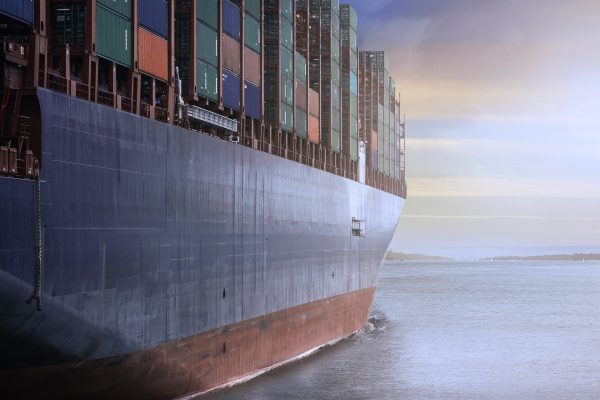
Network traceability


Together with Fenix, nxtile has developed your product.




Fenix’s requirements are translated to specific raw material needs.

A specific mix of cotton waste is collected, reprocessed and checked.


The patented yarn of 100% recycled cotton is spun at a certified spinner.


The yarn is woven into high quality fabric in a solar powered certified factory.

All artwork is digitally printed in a OEKO-tex certified print house using water based ink.

Your product is made in a socially certified location taking good care of the workers wellbeing and created by using a sustainable production process.




Your product is transported over sea from Mundra to Rotterdam and forwarded to the warehouse of Fenix.


Step 1
Calculating impact:
Together with Fenix, nxtile has developed your product.

Step 2
Product specifications:


Fenixs’s requirements are translated to specific raw material needs.

Step 3
Waste collection and processing:

A specific mix of cotton waste is collected, reprocessed and checked.

Step 4
Spinning:

The patented yarn of 100% recycled cotton is spun at a certified spinner.

Step 5
Weaving:

The yarn is woven into high quality fabric in a solar powered certified factory.

Step 6
Printing:

All artwork is digitally printed in a OEKO-tex certified print house using water based ink.

Step 7
Stitching:

Your product is made in a socially certified location taking good care of the workers wellbeing and created by using a sustainable production process.

Step 8
Transportation:


Your product is transported over sea from Mundra to Rotterdam and forwarded to the warehouse of Fenix.
For more info visit
FAQ
Making textile items from recycled cotton has been done for years now, but until recently, producers couldn’t guarantee strength and durability without adding virgin cotton, polyester or plastics. By contrast, nxtile items are made through a patented process that uses 100% cotton waste and delivers high quality products. We are the first company in Europe to produce non-blended cotton waste textiles, which brings important environmental savings.
By using only cotton waste in the production process, there is no need to grow fresh cotton. This saves significant amounts of land and water and reduces CO2 emissions.
By using cotton waste, there is no need to grow fresh cotton as a raw material for new textiles. Savings are calculated as the number of square meters (m2) of land that can now be used for other crops.
Growing cotton plants requires huge amounts of water. By using cotton waste, this water can be saved. These savings are calculated as the amount water (liters) that are no longer needed and can be used for other purposes.
CO2 is saved because there is no need to grow and harvest fresh cotton. This saves a significant amount of emissions produced by machines used on cotton farms. Savings are calculated in kilograms of CO2 that are no longer emitted into the atmosphere.
